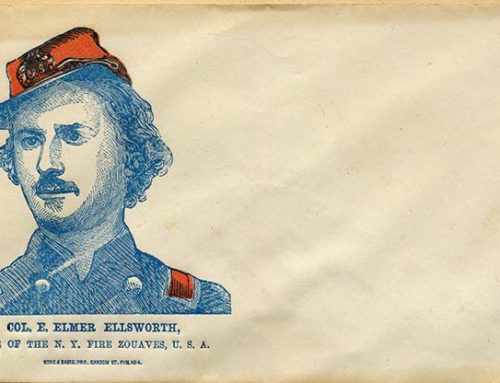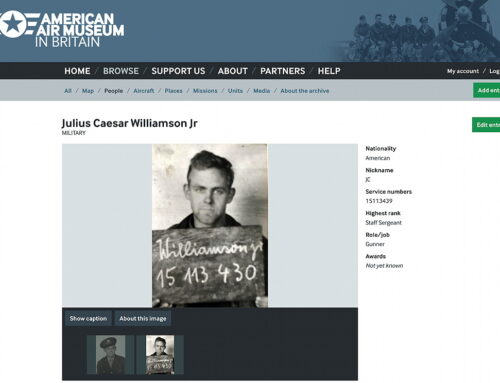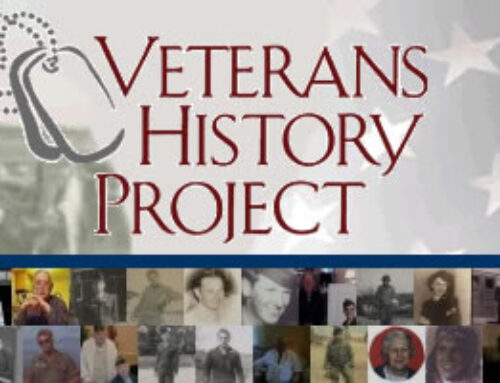Learn what life was like for the Civil War soldiers in your family tree with a visit to the Liljenquist Collection at the Library of Congress, either in person or online. About the photographs in this online collection:
Looking directly into the faces of the people who fought the Civil War is a great doorway into history. This set of essays offers glimpses of the lives of particular soldiers—what they ate and whom they missed, how far they marched in the mud, when they were wounded or captured or at last discharged. The essays are shaped by both traces and holes in the historical record and are far from complete. But from a name and a regiment, and sometimes a letter or drawing, pension record or poem, something of these men’s stories can be gleaned. The portraits are all in the Liljenquist Family Collection of Civil War Photographs.
Information about the Civil War soldiers comes from:
- documents in the Liljenquist collection, many of which were acquired with the photographs
- published histories of the Civil War and Civil War regiments
- the American Civil War Research Database, a subscription resource available on site at the Library of Congress
- records at the National Archives.
The Civil War soldiers’ biographies are accompanied by relevant photographs and drawings from Library of Congress collections that depict where individuals fought or were imprisoned.
When you look at a soldier’s portrait from the American Civil War, have you ever wondered what that particular person, or his regiment, experienced? For twenty of the Union and Confederate soldiers whose names survived with their photographs in the Liljenquist Collection, you can now get a glimpse of their lives.
You’ll find many different stories among these photos, though most of the soldiers were wounded, taken prisoner, killed by enemy or friendly fire, or died from disease, like David Colbert. A few, including John Anthony, Charles Osgood, and Charles Sherman lived long after the war, into the 1920s.
Several photographs show brothers who went to war, including the Masons from Vermont and the Moores from Virginia. Among the men who fought on opposite sides at Chancellorsville and Gettysburg are the Ellsworths from New Hampshire and George Gaither from Maryland. The youngest soldier is the 14-year old Union drummer boy, George Weeks from Maine. One of the older men is a Confederate surgeon, Dr. Alexander Harris from Virginia.
Quotations from notes and letters found with the portraits provide some of the most interesting details. Cornelius Moore of New York wrote home after enlisting in 1863 to ask, “I hope you will find out whether we got to stay 3 years or 9 months.” Taken prisoner at Drewry’s Bluff and sent to the infamous prison at Andersonville, he survived to say, “I thought I would never see you again but there is hope now.” A letter from July 1865 requests an honorable discharge after the war, explaining that he had fulfilled his duty, “I entered the service when the government needed the services of its loyal citizens, to maintain its integrity, suppress secession and ensure its permanency.”
Give the Liljenquist Collection a try to learn what life was like for the Civil War soldiers in your family tree.





Excellent site,I have booked marked your latest post. Navigating the LOC’s American Memories Collection can be frustrating. You have saved me a lot of time an energy.
Thanks
Bill
I’m glad it was helpful, Bill.